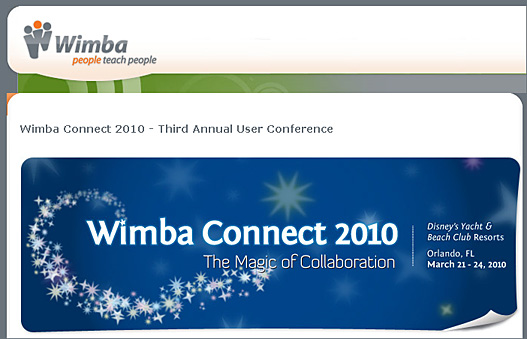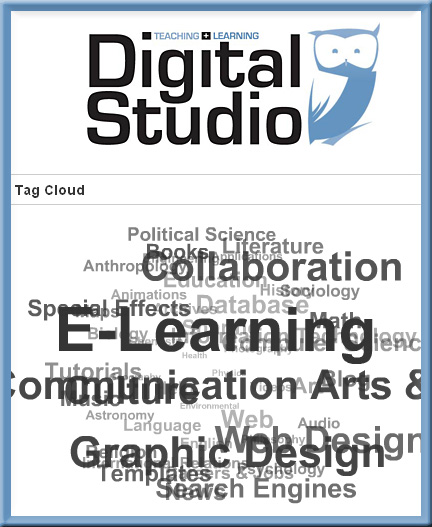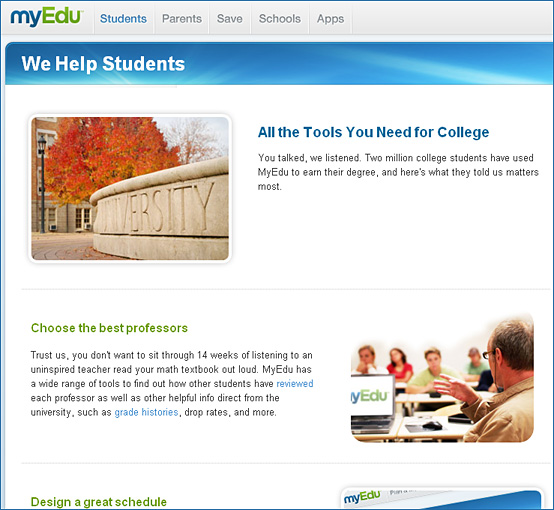Retired professor writes free online textbook — from eCampusNews.com
Some people play golf when they retire. William Reusch learned programming and created 2,000 online problem sets for organic chemistry. (p. 12)
During this Teacher Appreciation Week…I wanted to say thanks again to all of the teachers, faculty members, trainers, coaches, mentors, supervisors, and instructors out there! Keep up the hard, but good work! You make a difference. You change lives. Your work makes the world a better place and you help lift people out of poverty.
In my postings, I never mean to be negative on your performance. Rather, I seek to change some things in the way we do things in order to create win-win situations and, on occasion, to raise some alarms so that we don’t get broadsided.
With gratitude for all my current and former teachers, bosses, and coaches,
Daniel Christian
Different paths to Full Professor — from InsideHigherEd.com
Not only does Ohio State want to end the all-out dominance of research considerations in reviews for full professor, but the university wants to explore options where some academics might earn promotions based largely on research (and have their subsequent careers reshaped with that focus) while others might earn promotions based largely on teaching (and similarly have career expectations adjusted). Both could earn the title of full professor.
Why the ’system’ won’t change quickly — by Tony Bates and Trent Batson
Batson, T. (2010) Let faculty off the hook Campus Technology, March 17
“I liked this article very much. Trent Batson lays out a whole host of compelling reasons why it is so difficult to get faculty to change and use technology more and better. His main argument is that the whole ecology of higher educational institutions reinforces the status quo.”
From DSC:
Most institutions won’t change…not until the writing is on the wall. As a related example, Blockbuster now gets it and has been scrambling to make the necessary changes to stay in the game — they now offer movies-on-demand and will deliver movies directly to you. However, they were very late to the game and nearly lost their shirt because of it (they still might). They didn’t change until Apple and Netflix came along with some seriously-attractive alternatives to the “traditional way” of renting movies — and were either forced to change or to file for bankruptcy.
When someone gets it right within higher education (see below), such an organization will be copied over and over again (witness what happens every time to Apple and their innovations). Such a trend will issue in a new system that will leave the traditional institutions scrambling to catch up. The faculty members alone won’t be able to make the changes.
To me “getting it right” means:
- We need TEAMS of specialists to create and deliver multimedia-based, rich, interactive content (much like those in healthcare-related fields did long ago — they specialized. The for-profit organizations out there already are doing this and are enjoying very healthy growth rates.)
- Such content will be offered in 2-5 different ways (audio only, audio/video, simulations, games, text/graphics)
- We need administrations that are visionary in their approaches and will get the faculty members and the rest of the specialists the support and resources that they need to make the necessary transitions
- We need to turn the control over to students to pursue their passions
- We need to let students’ passions drive their learning
- We need to guide the students, while letting them create more of the content themselves — i.e. allowing for more active, participatory types of learning
- Such offerings will be extremely affordable — due to the volume of learning that occurs and/or due to developing stronger consortiums and repositories of content (which spread out the costs)
- We need CULTURES that are OPEN/WILLING to make changes.
That’s my 2 cents here.
New study explores life and career attitudes of young professors — from education-portal.com
A recent study conducted by Harvard examines how ‘Gen X’ faculty approach their scholarly careers and work-life balance. The survey found that young professors value work-life balance and interdisciplinary work more than the Baby Boomers, but are happy overall with their careers.

The new study is part of Harvard’s ongoing Collaborative on Academic Careers in Higher Education (COACHE), a consortium of over 130 colleges and universities seeking to improve the academic workplace for early-career faculty. COACHE primarily distributes the Tenure-Track Faculty Job Satisfaction Survey, which aims to provide participating institutions with data that they can translate into policy change in less than a year.
New Challenges, New Priorities: The Experience of Generation X Faculty draws from a combination of extensive survey data and 16 qualitative interviews with administrators and faculty at three institutions: a large public research university, a small private liberal arts college and a private master’s institution. All but one of the interviewees is considered a member of ‘Generation X,’ defined as people born between 1964 and 1980. They came from a variety of disciplines, including business, chemistry, English, law, medicine, theater, education and engineering. The goal of the study is to determine how Gen X faculty approach their jobs, long-term careers and work-life balance. Furthermore, the study’s authors hoped to see if and how the reports of generational clashes in the broader workforce play out in the academic environment.
Who needs a prof? –– George Siemens
I’ve talked in the past about trailing ideologies – namely that we design systems to serve an era, but when the era changes, the systems often don’t. Education is a great example. In higher education and corporate training, we labour under many assumptions and ideologies that have been negated by the web, social media, and mobile technologies. Courses, classrooms, and teacher-centric learning can (should) be rethought to capitalize on what technology enables and renders obsolete from the previous model.
So what role is left for the teacher? To be effective, Wieman says, they must be “cognitive coaches” rather than conduits of information. Rankin believes that the change in pedagogy will happen soon. “It’s comparable to the introduction of a light switch,” he adds. “It’s just going to take a while for people to figure out what this looks like and how it works.”
From DSC:
Also from the “Who needs a prof?” article:
Similarly, William Rankin, an associate professor of English at Abilene Christian University, has been a primary mover behind equipping students at the Texas university with iPod Touches and iPhones. The program began in 2008, and now nearly half the student body have the devices. Rankin says teachers, too, are better off for it. The faculty uses the devices to overcome time delays between tests and feedback, get immediate class input, and participate in ongoing online discussions via blogs. “The medieval apprentice model in which people learned in these very personalized ways is exactly the type of learning we can see in this initiative,” says Rankin. “I do think that in the next two or three years you will see a groundswell of these sorts of initiatives.”
From DSC:
I post this here to show my support of the need for change and to sew seeds for change. In order for us to meet this next generation where they are at, we can’t hold on to the status quo. We need to cultivate change now in order to be ready for the K-12ers coming our way.
Instructional Intentions and the Realities of Practice: Faculty Perspectives of Learning in the Web 2.0 — from Educause
“Web 2.0 technologies are implemented with intentions of enriching the teaching and learning experience. With their adoption comes a set of implied pedagogical practices that are often imperfectly understood by faculty as well as learners: the realities of practice may differ considerably from intended use. This session presents faculty experiences as vignettes on practice and invites participants to share in the discussion of implied practices as well as realities in using digital media in the classroom. Participants will have an opportunity to address four key questions in small-group dialogues on the intentions and realities associated with Web 2.0 tools.”











